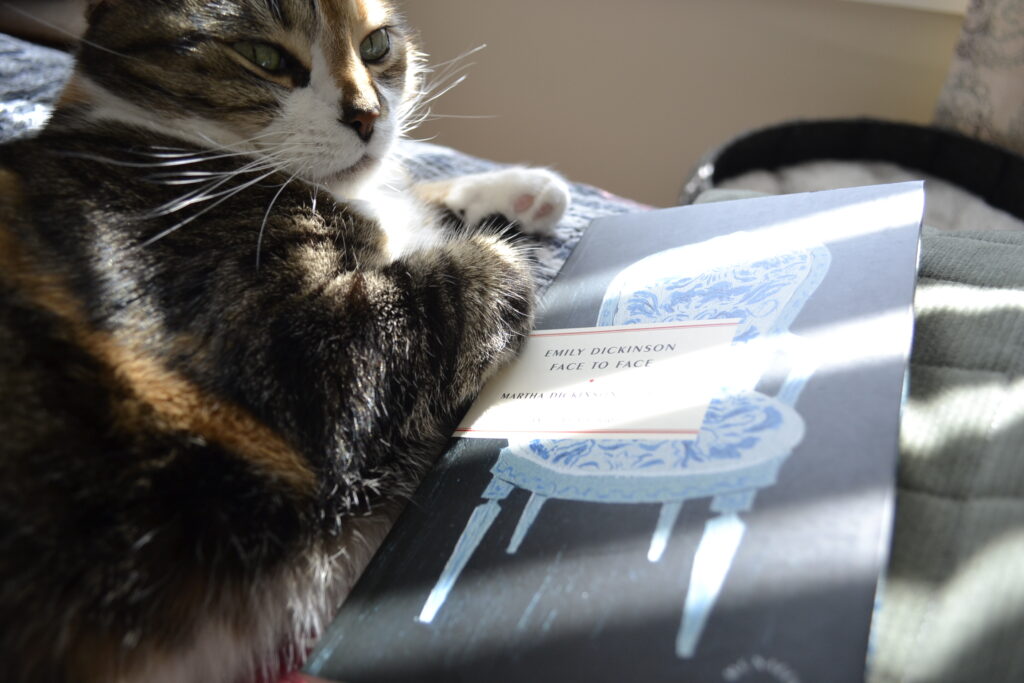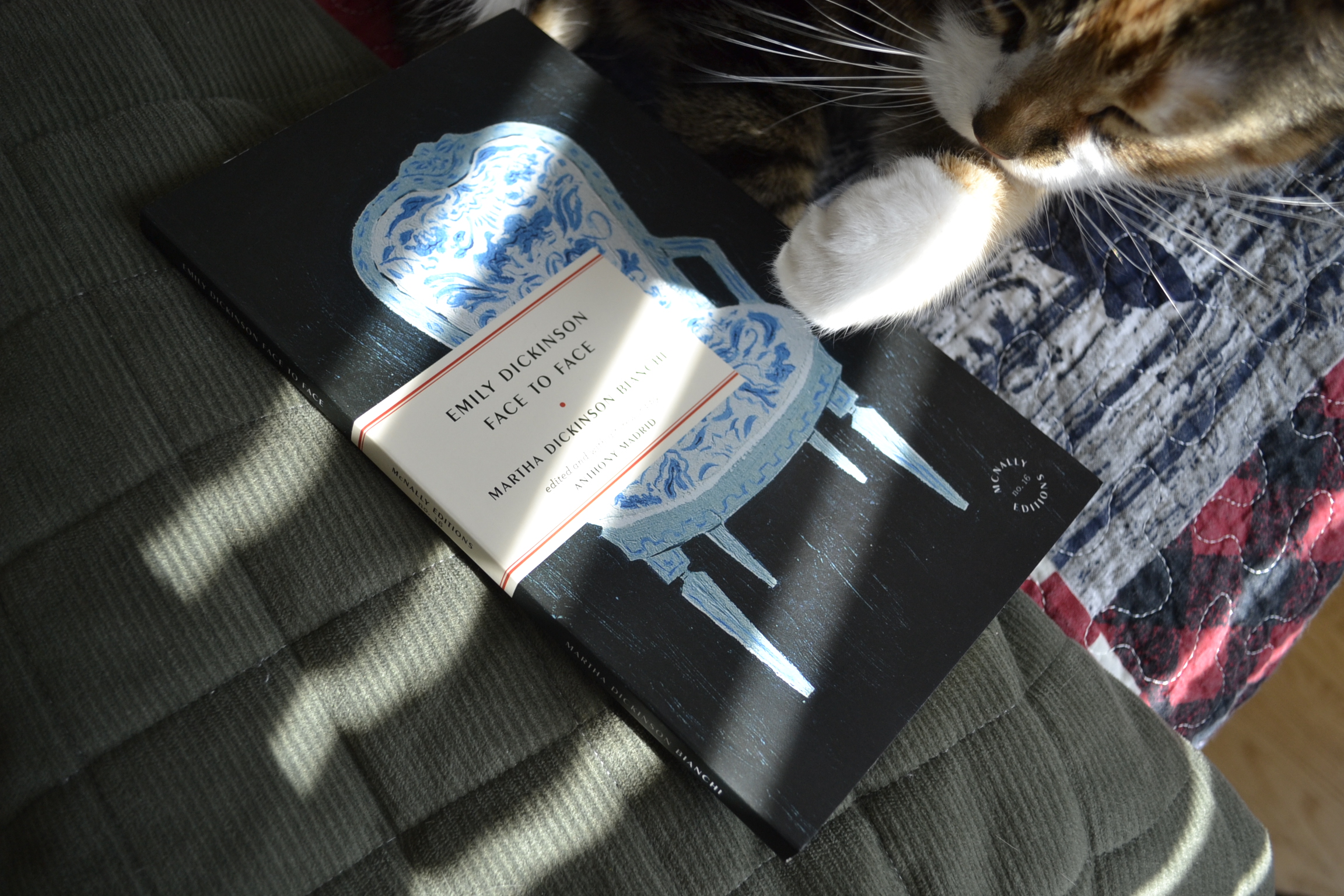One Big Book
I am one of those people that reads many books at once — and by ‘many’ I mean about twenty or so. It helps my concentration to switch gears depending on my mood and level of fatigue. It doesn’t help the multiple stacks of books that I have in the sitting room which my unfortunate lovely spouse has to step over but still indulgently lets me keep.
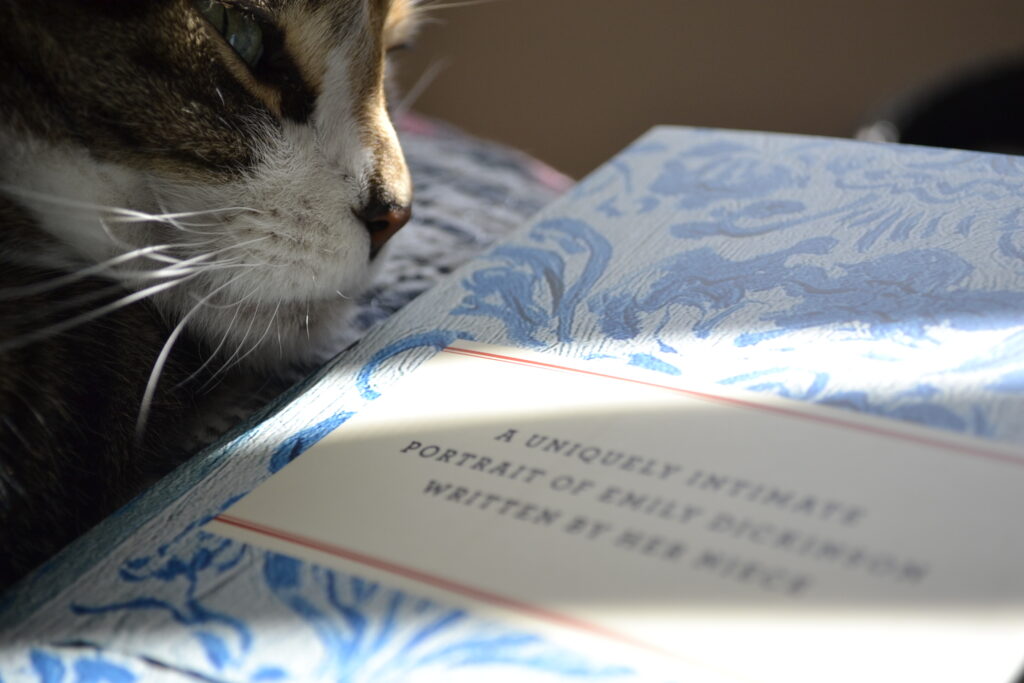
However, this week I decided to be different. I decided to take one huge book and just read that one huge book until I finished that one huge book. It was definitely a struggle. There were times when I wanted to just give up, but it was one of those challenges that I knew would feel so good to complete and I really wanted to be able to read that book without a break. So I am pleased that I managed to reach my goal — even if it really didn’t help me get those book stacks down this week.
It’s easy to get too focussed on how many books you read in a week or a month or a year, but its important to remember that quality is always better than quantity. There’s also nothing like settling into a good, long book and feeling the challenges of the week sink into it.
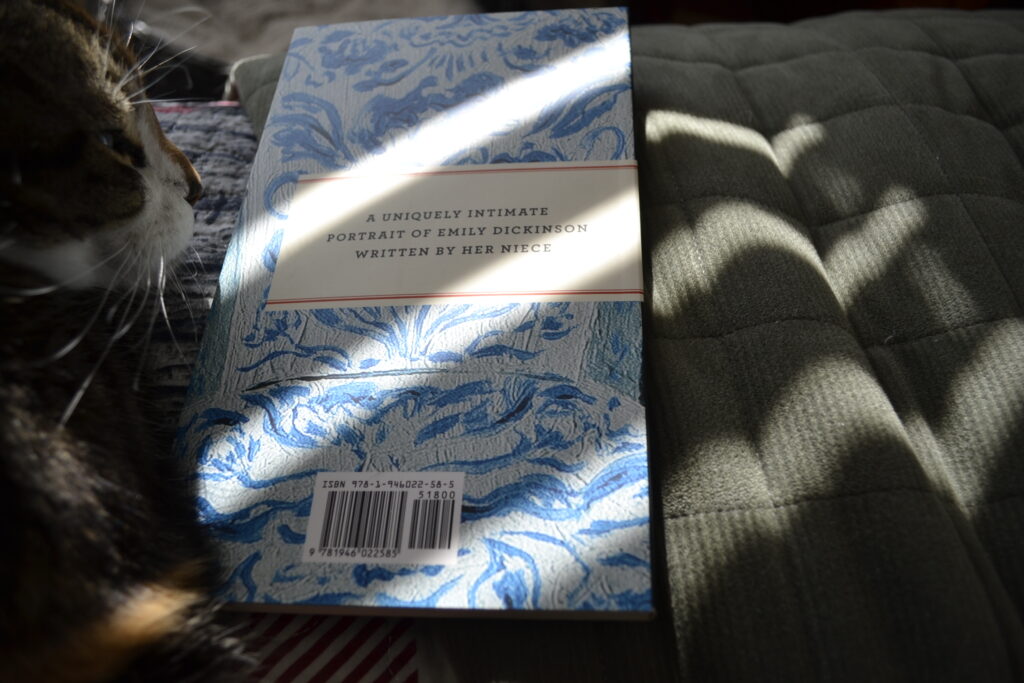
Memoir and Family Memoir
Memoirs are tricky sometimes. I only read them when I either am interested in the time period or they focus on something that I read in a literary context — broken family relationships, accounts of crime or criminal court procedures, wars and conflicts, feminist themes, etc. I stay far away from the celebrity memoir — though sometimes I make exceptions for artists and musicians that have had a particular influence on my life. When it comes to writers and poets, I am usually torn.
For I have read so many bad ones. So many more mediocre ones. So many from people that, when I did a bit of research, did not have much to do with the writer or poet in question. So I had a lot of misgivings when I got my pre-ordered copy of Martha Dickinson Bianchi’s Emily Dickinson Face to Face. But I was pleasantly surprised! Bianchi is not just a good writer, but she also does not overstep her limits as Dickinson’s niece. She does not go over ground that she is unfamiliar with. And so, we get a portrait that rings true. An honest one — even if it is subjective.
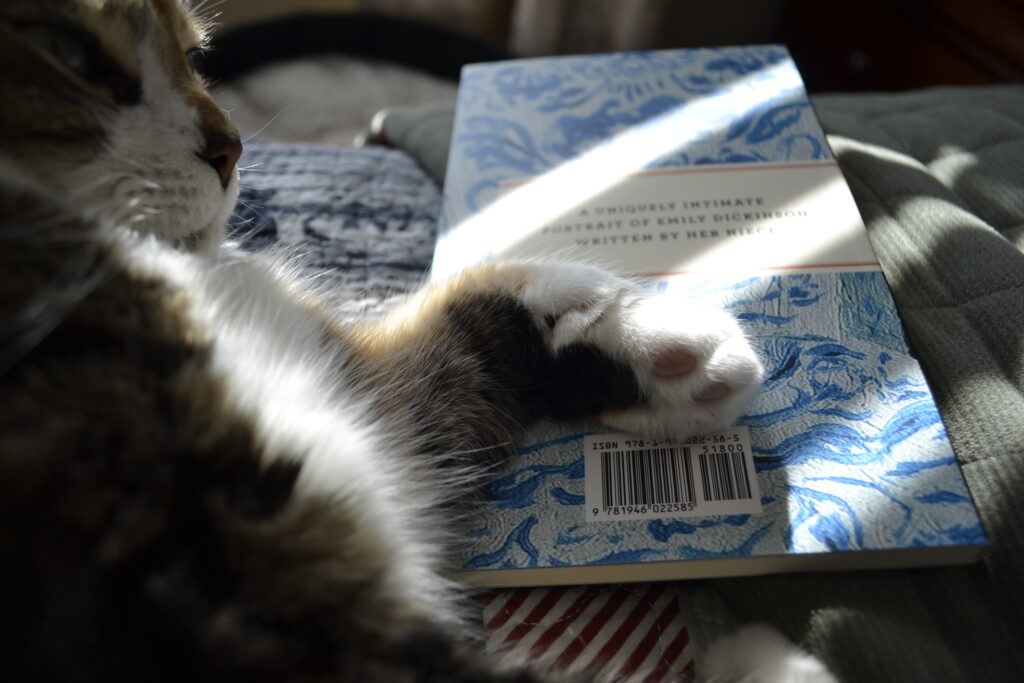
A Writer Glanced at Obliquely
Bianchi’s memories of Dickinson are those that are irrevocably tied to family life. She is not trying to convince us of Dickinson’s legacy, or the power of her poetry. Instead, she talks about the small poems and notes she wrote to her. The time she spent with her favourite aunt. She helps us to see Dickinson as not just a poet but as a woman who was close to her family and who had a life outside of poetry. Bianchi’s memoir is not an analysis of Dickinson and what made her work profound. It is about who Dickinson was to her niece and what made her profound in her niece’s life.
This is important, even if it is a perspective that is often left behind when it comes to academic study. It’s very simple to only look at the poetry or the literary legacy, but it is not the whole picture. You must take the time to acknowledge a writer’s humanity and their human habits and connections before you truly understand their work and what drove them to create it. Putting literary figures on pedestals doesn’t lead to any kind of true comprehension or study. It is too distant and too cold.
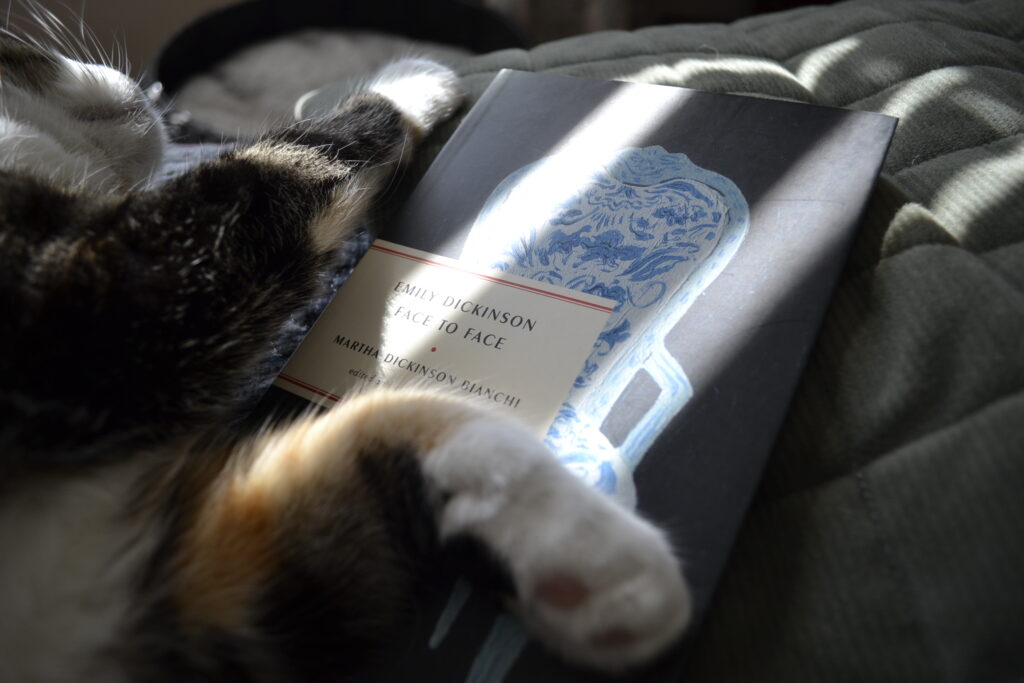
Time and Place
Another reason to like this memoir? It’s very much about time and place and customs. Bianchi does not dwell on the specific realities of living at the time of Dickinson, but she doesn’t shy away from them either. Instead, she includes just enough detail. The reader feels like they are getting a look into daily life long ago without any kind of pretension. Without any pressure to look at it as an artifact.
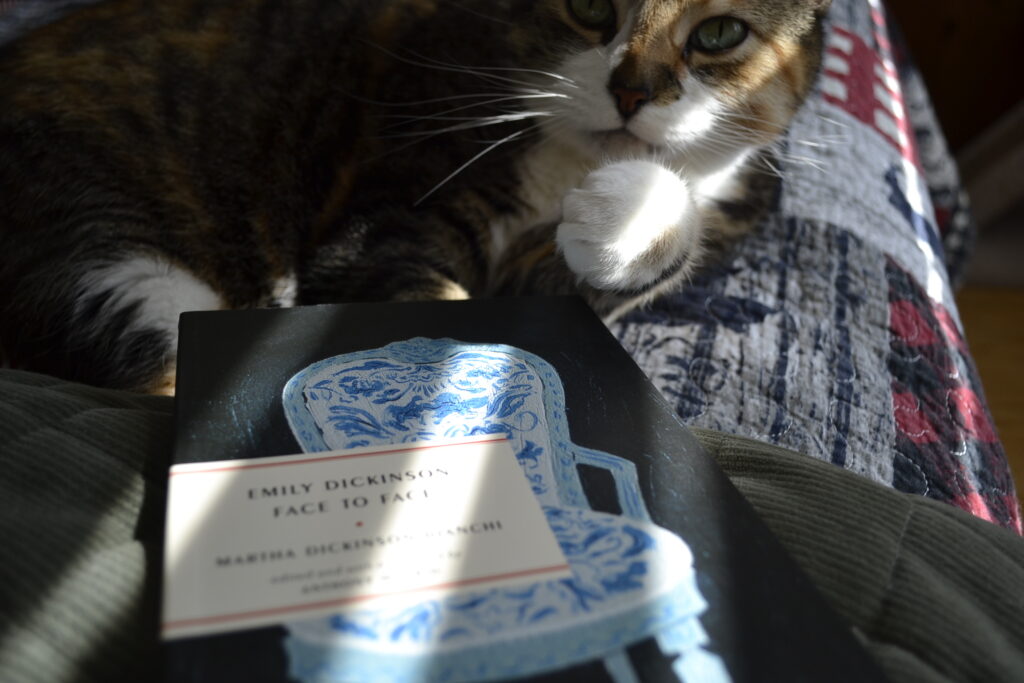
When reading about generations removed, even everyday people can sometimes seem distant and not like real, moving, breathing people with many the same habits and patterns. They can seem just as distant as a renowned poet. So a text like this, that embraces memory as a connection to the past and the people that populated it, is invaluable.
There is a but. But it is important to consider that Bianchi’s experience of the past is typical of a privileged perspective. There is more to the moment she was living in than just what she saw. So, as with any memoir, I would recommend being aware of its limitations.
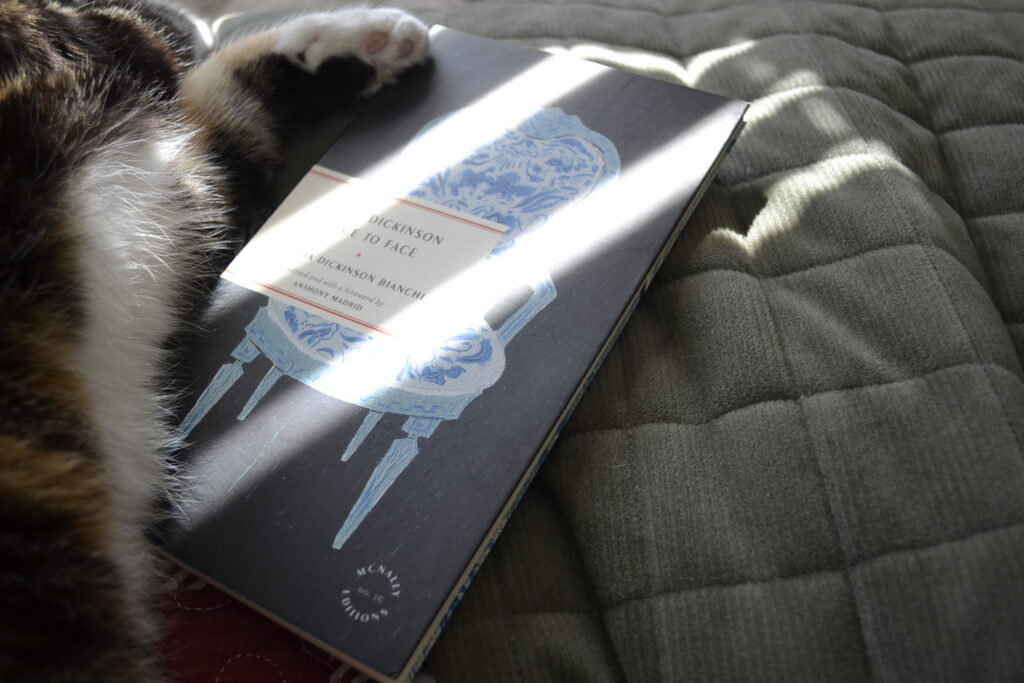
One Big Commonplace Book
Of course, I made a lot of notes in that one huge book, which means that I am going to have to do a lot of work on my commonplace book. Recently, I purchased enough book darts to actually refrain from breaking up my reading to write notes.
However, in the case of the huge book, I’m wondering if perhaps I should have paused at least a few times. Now I have about forty book darts to deal with and an afternoon’s work ahead of me.
